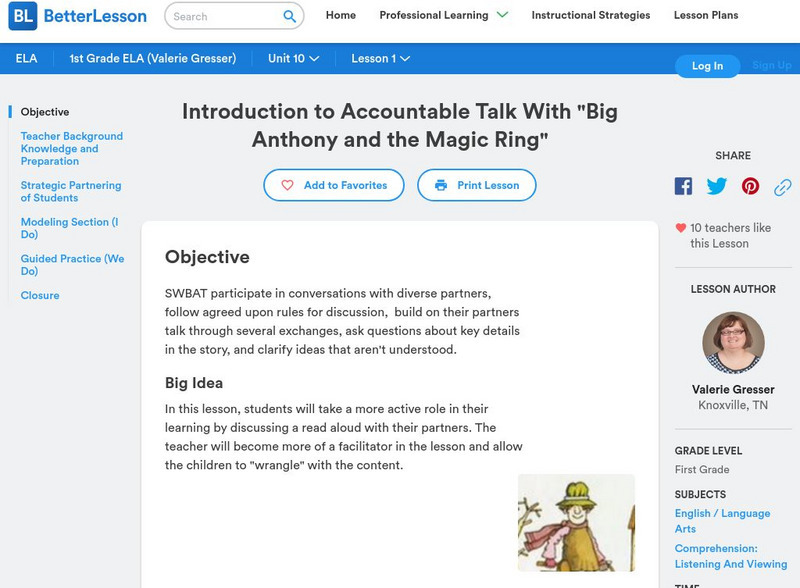Curated OER
The Big Blue
Third graders create paper mache globes with balloons. They label the 4 oceans on their balloons with reference to large wall map, classroom globe, and Encarta Virtual Globe CD-ROM projected on large screen TV with Tvator or other...
Curated OER
Decomposition
Students are introduced to the concept of decomposition. They examine decomposition in their school orchard. They write about their findings in a journal.
Curated OER
Is It Hot in the Light?
Third graders make observations about the temperature of items in direct sunlight. In groups, they discuss why asphalt, brick and cement are warmer than items surrounding them. To end the lesson, they examine how heat transfers energy...
Curated OER
The Function Box
Learners look around classroom and identify any patterns they see, describe patterns and explain why they are patterns, use pencil to demonstrate arithmetic patterns by tapping, practice predicting patterns by using Function Box, and...
Curated OER
Germbusters
Pupils identify various germs and discuss how germs are spread. They examine and identify materials in the daily environment, germbusters, which are useful in fighting germs, then play a fun germbuster game to help them remember how to...
Curated OER
Water World Story
Fourth graders write a story about how a drop of water may have traveled to school. They design a presentation on the water cycle.
Curated OER
Investigation 7 - Rubbing Objects Together
Third graders investigate rubbing two objects together to produce heat.
Curated OER
Where's Up?
Fifth graders brainstorm answers to the question why compasses point north. In groups, they use introduce the needle to the different ends of the magnet. They place the needles in a styroform disk and record their results in their...
Curated OER
Wetlands/Watershed Model
Young scholars make a model that will demonstrate the flow of surface water across the land in Texas and how materials that originate many miles away can end up in the wetland along the coast.
Curated OER
Investigation 2 - Greenhouses
Third graders set up a miniature greenhouse to help them explain how nonliving things affect the growth of living things.
Curated OER
Gravity
Sixth graders explore the characteristics of gravity. They discuss gravity on Earth and then use cereal boxes to research and compare the weight of objects on Earth to the weight of those objects on other planets.
Curated OER
Lewis and Clark in Washington Shrub Steppe Habitat
Students examine the land of the shrub steppe and compare it with Lewis and Clark's journals. They list the characteristics of the land. They also discuss restoration of native plants.
Curated OER
Wetlands/Watershed Model
Students work together to create a watershed model. They discover the flow of surface water on different topography. They examine how materials originate from miles away and end up in a different wetland.
Curated OER
Here Comes the Sun
Third graders watch a video on the solar system and examine the role of the sun. As a class, they complete a KWL chart and make different color temperature pockets to use during their experiment. In groups, they make predictions about...
Curated OER
Land Reclamation
Students identify the benefits of the process of land reclamation. They discuss examples of reclamation projects, and complete a word puzzle, word find, and energy sentence puzzle.
Other
Laura Candler: Sylverster and the Magic Pebble Activities [Pdf]
Lesson plan utilizing cooperative learning for use with the book Sylvester and the Magic Pebble by William Steig. Includes printable word-sort cards and discussion question cards.
Better Lesson
Better Lesson: Introduction to Accountable Talk
In this lesson, students will take a more active role in their learning by discussing a read aloud with their partners. The teacher will become more of a facilitator in the lesson and allow the children to "wrangle" with the content.


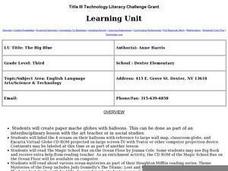







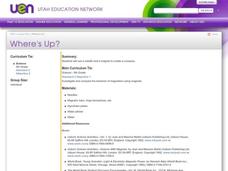





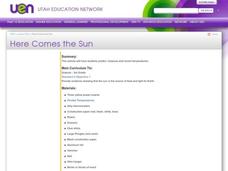
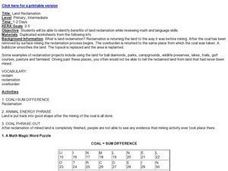
![Laura Candler: Sylverster and the Magic Pebble Activities [Pdf] Lesson Plan Laura Candler: Sylverster and the Magic Pebble Activities [Pdf] Lesson Plan](https://d15y2dacu3jp90.cloudfront.net/images/attachment_defaults/resource/large/FPO-knovation.png)
